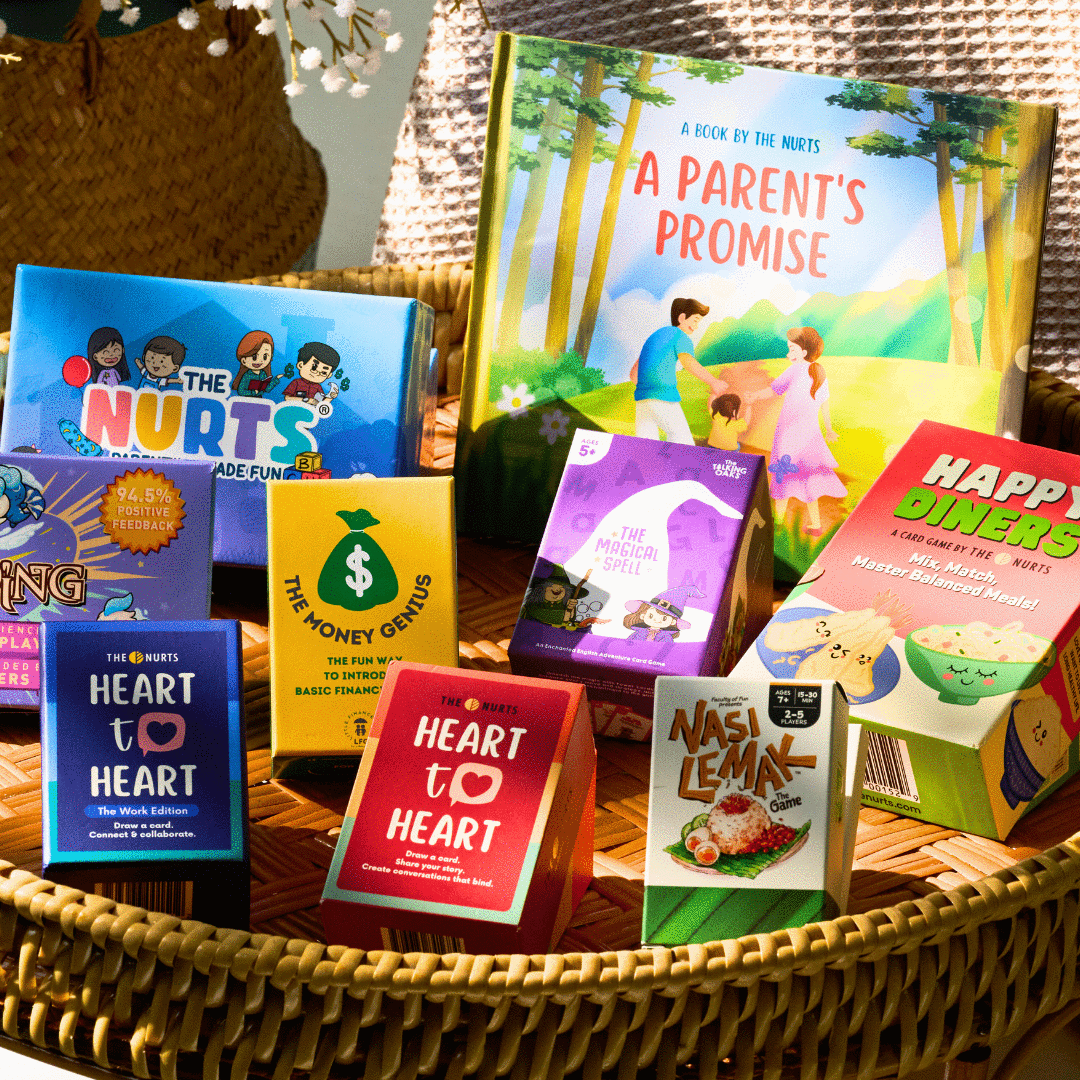Grocery planning is one of the most effective ways to maintain a healthy diet, save money, and reduce food waste. With a little organisation, you can make shopping smoother, ensure you always have what you need on hand, and turn mealtimes into something to look forward to. This guide will walk you through how to plan your weekly grocery shop in a way that feels simple AND enjoyable!
1. Create a Meal Plan
Planning your meals in advance not only helps you make better choices at the shop, but it also saves you from that last-minute “What’s for dinner?” stress. Plus, when you know what you’re eating each day, it’s easier to stick to your healthy eating goals.
Why It Matters: Having a meal plan means you can be intentional with what you’re buying, making sure you only get what you need. It helps avoid those spur-of-the-moment purchases and takes the daily pressure off meal decisions.
How to Do It:
- List Meals for the Week: Sit down and plan out your breakfasts, lunches, dinners, and snacks for the week. If you’re cooking for a family, getting everyone’s input can keep things fun and ensure everyone’s favourite dish makes it into the week.
- Incorporate Leftovers: Sometimes, a dish can go further than one meal. Plan to repurpose leftovers into another dish, like turning a Sunday roast into a Monday sandwich.
- Balance Your Meals: Try to include a variety of food groups in your plan – plenty of vegetables, proteins, grains, and healthy fats.
Tip: Using a meal planning app or even a simple calendar can keep your plan organised and easy to follow!

2. Check Your Pantry and Fridge
Before you head out to the shops, take a quick inventory of what’s already in your pantry, fridge, and freezer. It’s a great way to make sure you’re not doubling up on items and ensures you’re using up anything that’s close to its expiration date.
Why It Matters: Checking your existing supplies helps reduce waste and prevents buying things you already have. It’s also a good way to spot what might need to be used soon.
How to Do It:
- Take Inventory: Go through your cupboards and fridge, making note of what’s in there. You might find ingredients you forgot about that can be incorporated into your weekly meals.
- Organise Your Space: Keep your pantry tidy by placing older items at the front, so you’ll use them first. This can help prevent food from going bad and being wasted.
Tip: Make a quick checklist of the items you already have and cross-check it when you’re making your grocery list to avoid duplicates.
3. Make a Detailed Shopping List
A well-thought-out shopping list helps you stay focused and ensures you don’t forget anything important. It’s also a great tool to keep you on track and avoid buying unnecessary items.
Why It Matters: With a clear, organised list, you’re less likely to wander through the aisles, picking up things you don’t need. Plus, it saves you from the frustration of realising halfway through cooking that you’ve forgotten a crucial ingredient.
How to Do It:
- Categorise Your List: Divide your list into sections like fresh produce, dairy, meat, pantry staples, and frozen foods. This way, you’ll breeze through the shop in a more organised way.
- Include Quantities: Be specific about the amount you need for each item – this way, you won’t end up overbuying or underbuying.
- Check Sales and Coupons: Take advantage of any discounts, sales, or coupons that might save you money on items you’re already planning to buy.
Tip: Keep your list on a grocery app so it’s always handy, or use a notepad that you can bring along with you to the shop.
4. Stick to a Budget
It’s easy for grocery costs to add up quickly, but with a set budget in place, you’ll have a clear idea of how much you want to spend. Budgeting also helps you be mindful of your shopping choices without overspending.
Why It Matters: Staying within a budget keeps your finances in check, ensuring you can enjoy nutritious meals while still having some extra room in your wallet.
How to Do It:
- Set a Weekly Budget: Based on the size of your household and your dietary needs, decide how much you can comfortably spend on groceries each week.
- Track Your Spending: Pay attention to how much you’re spending while you shop. If you’re nearing your budget, it might be worth swapping a more expensive item for something more affordable.
Tip: Planning your meals around what’s in season or on sale can make your budget stretch further without sacrificing the quality of your meals.
5. Choose the Right Grocery Store
Not all shops are the same, and where you shop can have a big impact on your grocery bill. Some stores may offer better prices, a wider variety, or even higher-quality products, so it’s worth exploring your options.
Why It Matters: Finding the right store ensures you’re getting the best value for your money. It can also make shopping more enjoyable when you know you’re getting quality items at a fair price.
How to Do It:
- Compare Stores: Take a look at the different stores in your area. You might find that one offers better deals on produce, while another might have the best selection of pantry staples.
- Consider Online Shopping: If you’re short on time or just prefer the convenience, many stores now offer delivery or click-and-collect services. This can help you avoid unnecessary purchases and stick to your list.
Tip: Join loyalty programmes if your local shop offers them – you could earn points, discounts, or other rewards over time.
6. Prepare for Your Shopping Trip
Once your list is ready and you know where you’re going, taking a few extra steps before you head out can make your shopping trip much more efficient.
Why It Matters: A bit of preparation goes a long way in making sure your shop goes smoothly, saving you time and helping you stay on track with your budget and meal plan.
How to Do It:
- Check Your List: Make sure your list is complete and organised by category before you go.
- Bring Reusable Bags: Help the environment by taking your own reusable bags – they’re sturdier and cut down on plastic waste.
- Plan Your Route: If you’re going to multiple shops, think about the most efficient route to save time and avoid any unnecessary backtracking.
Tip: It’s always a good idea to shop after you’ve eaten. Being hungry can lead to buying more snacks and treats that weren’t on your list!
7. Store and Organise Groceries Properly
Once you’ve done the shopping, the next step is to store everything properly. Doing this helps keep your groceries fresh for longer and makes meal prep easier.
Why It Matters: Proper storage keeps food fresh, meaning you’ll get the most out of what you buy. A tidy, organised kitchen also makes it easier to stick to your meal plan throughout the week.
How to Do It:
- Store Foods Correctly: Follow proper storage guidelines – for example, perishable items like fresh vegetables should be kept in the fridge, while pantry staples like pasta should be stored in a cool, dry place.
- Organise Your Pantry: Keep frequently used items at the front of your cupboard and store dry goods in airtight containers to keep them fresh for longer.
- Use Clear Containers: Transferring dry goods like rice, cereal, and flour into clear, airtight containers helps you see what you have at a glance and keeps everything tidy.
Tip: Labelling containers with the date they were opened or purchased makes it easier to track freshness and use items before they go bad.
Photos from www.pexels.com and www.stockcake.com.
References
- https://fastercapital.com/topics/frugal-meal-planning-and-grocery-shopping.html
- https://www.cooksmarts.com/cooking-guides/meal-planning-for-everyone/benefits-of-a-meal-plan/
- https://practicalbydefault.com/inventory-pantry-freezer-fridge/
- https://tobysfamilyfoods.com/news/how-to-shop-your-fridge-pantry-to-reduce-food-waste/
- https://stephanjoppich.com/impulse-purchases/
- https://dontwastethecrumbs.com/frugal-grocery-budget/
- https://opentextbc.ca/foodsafety/chapter/storage-temperatures-and-procedures/









